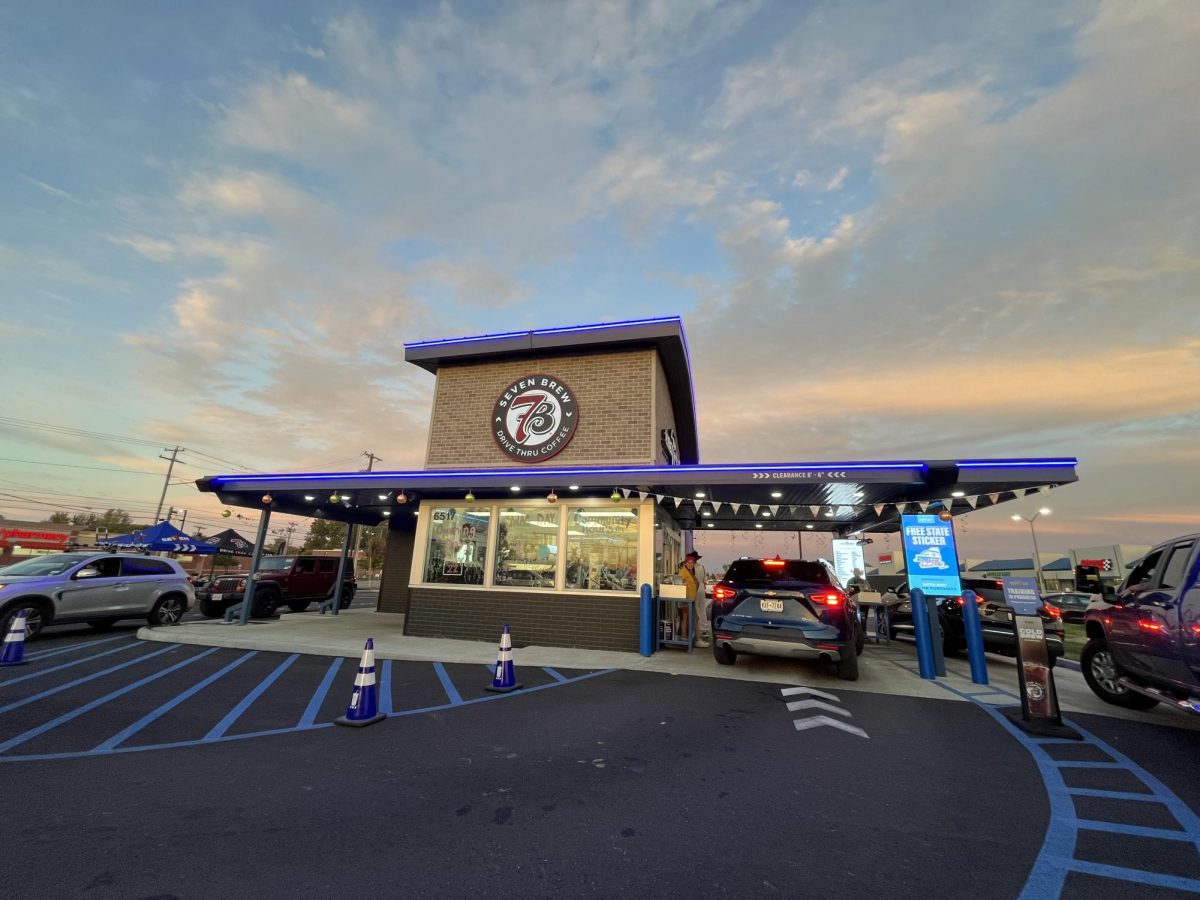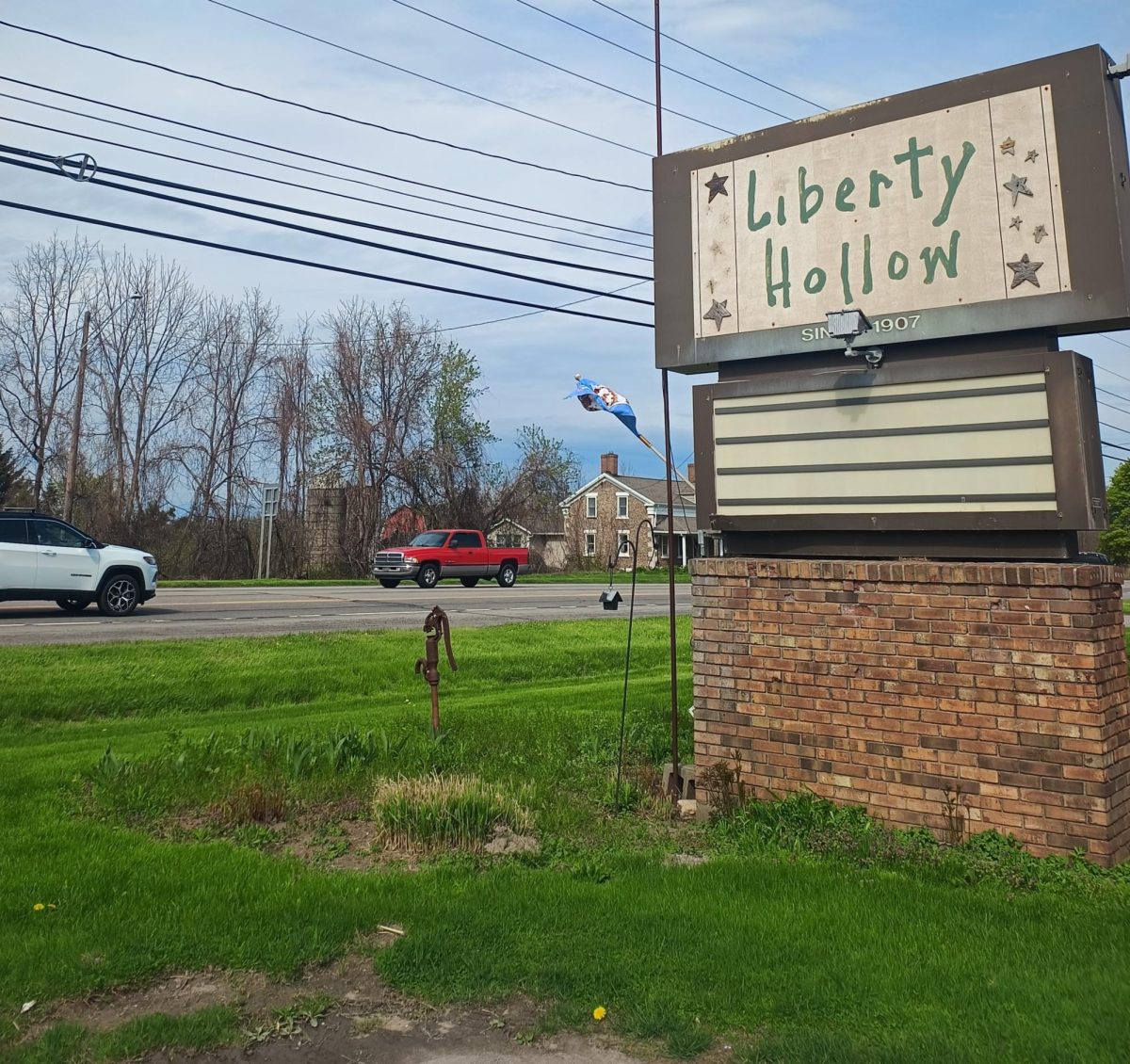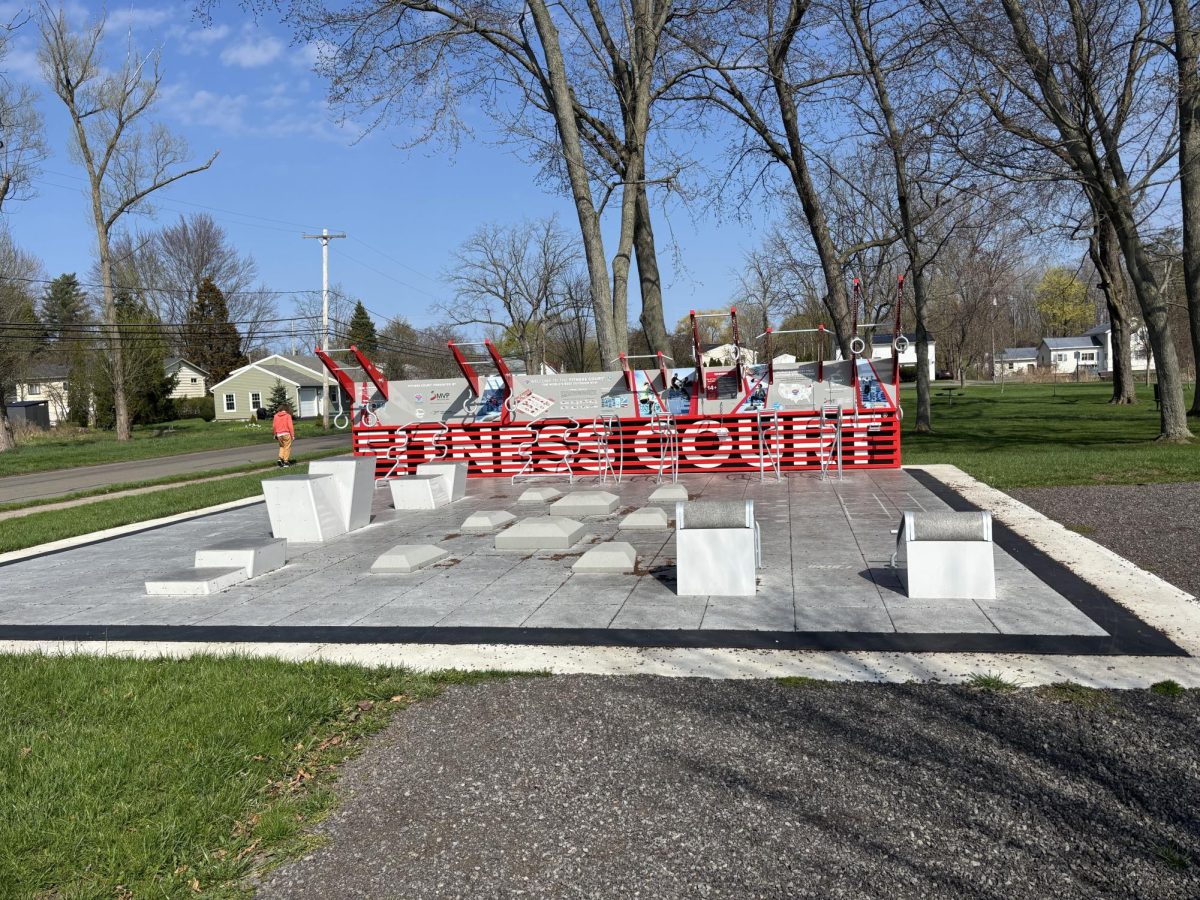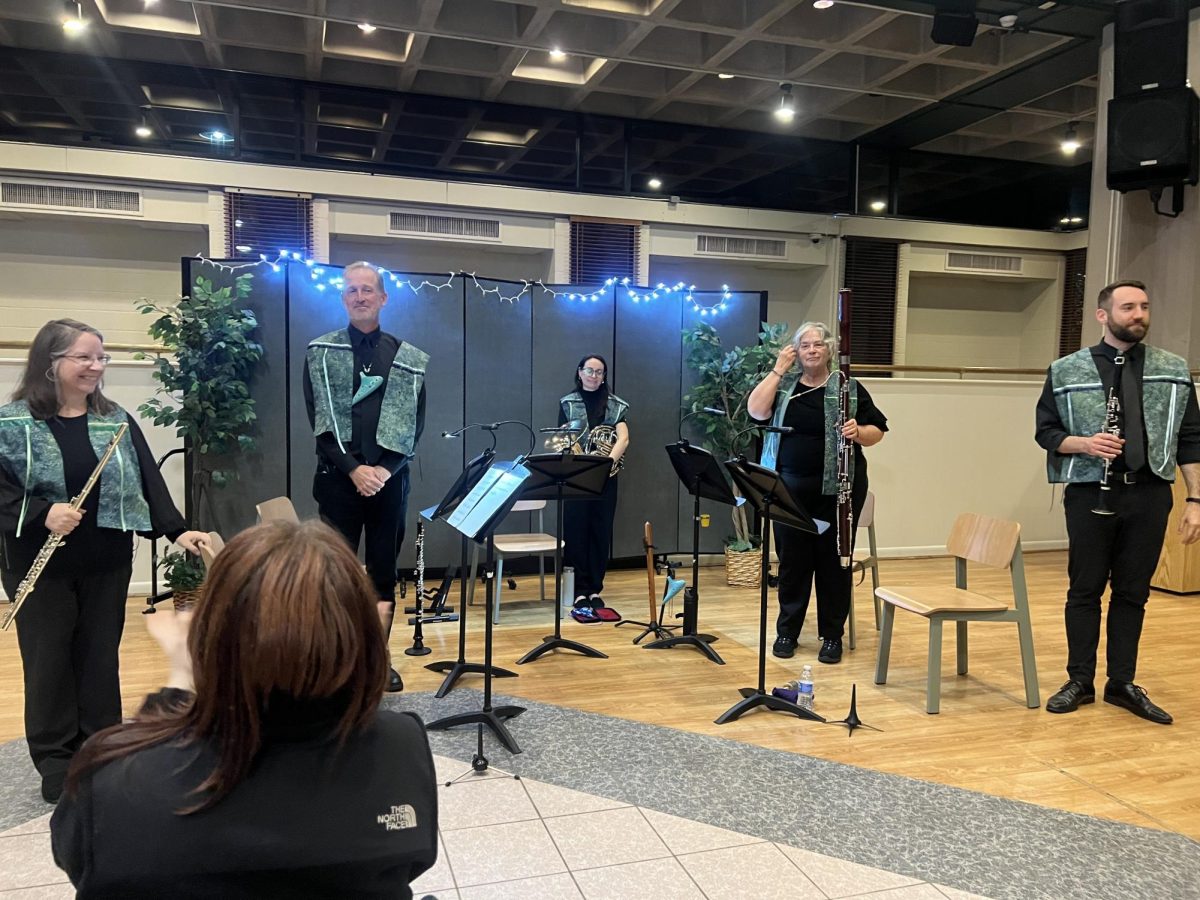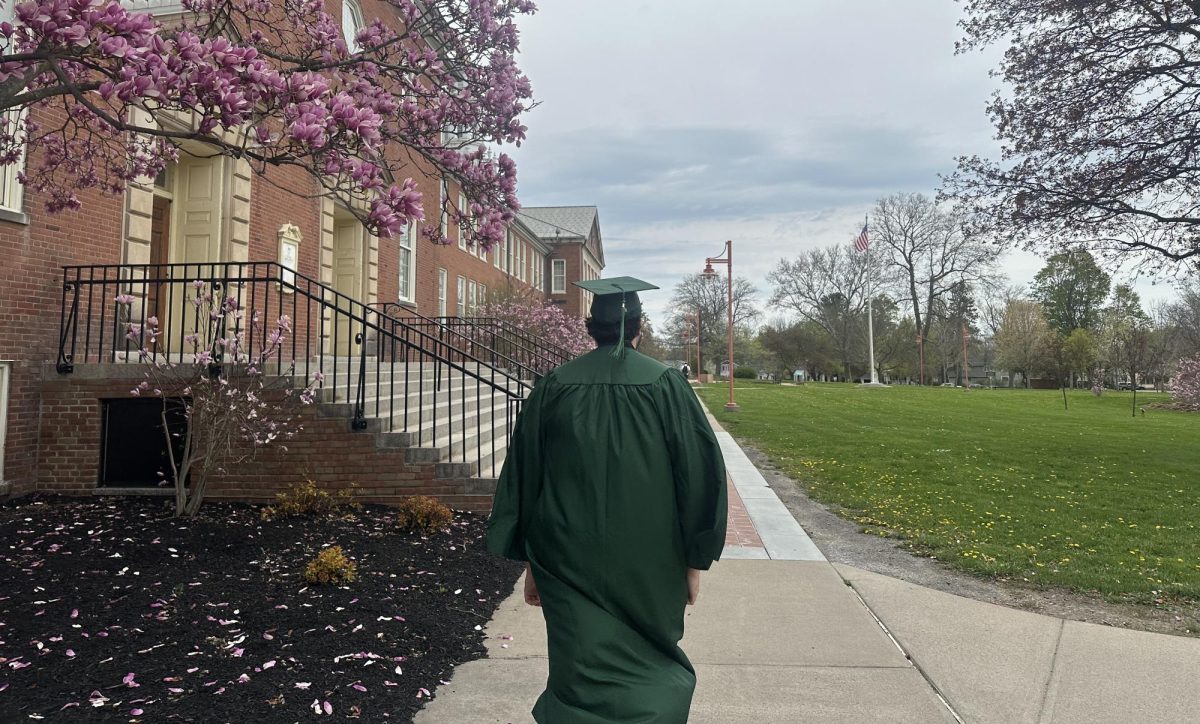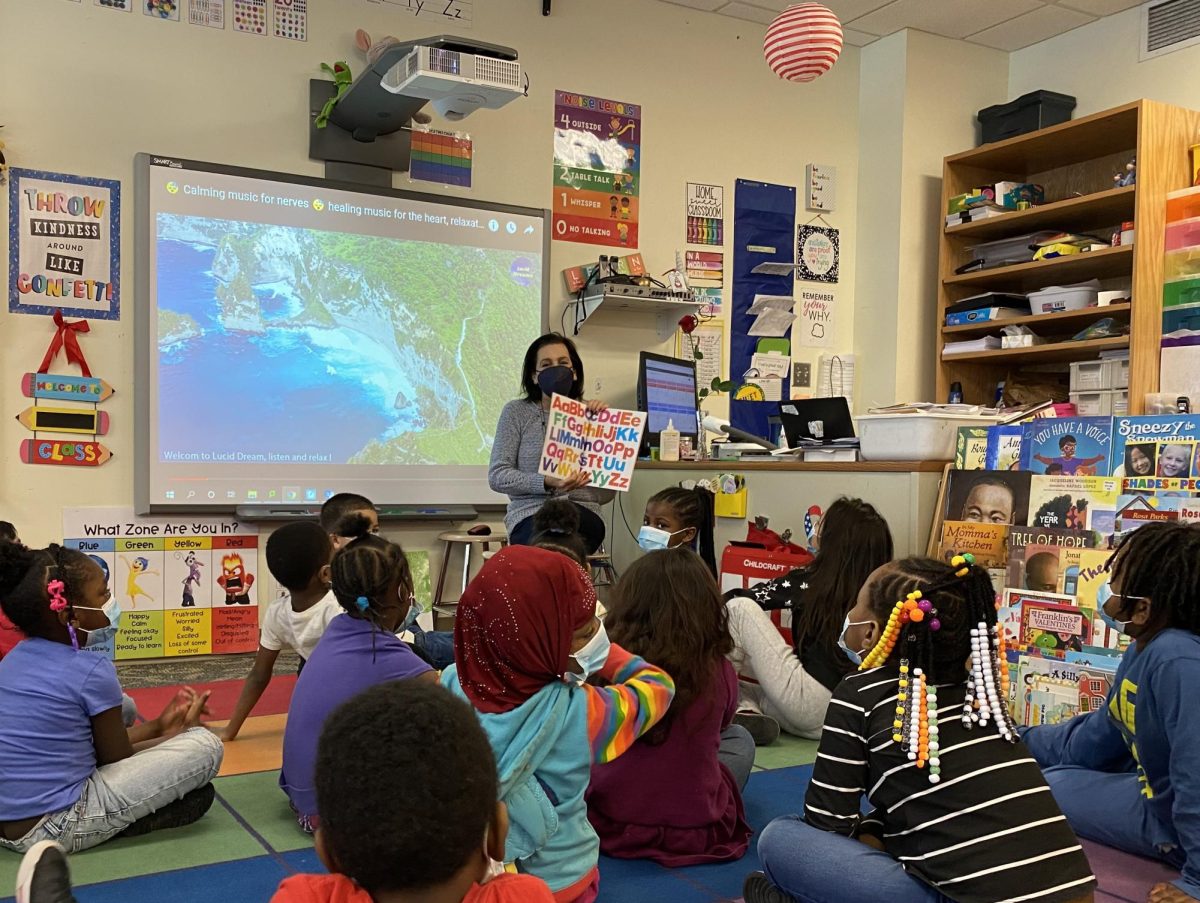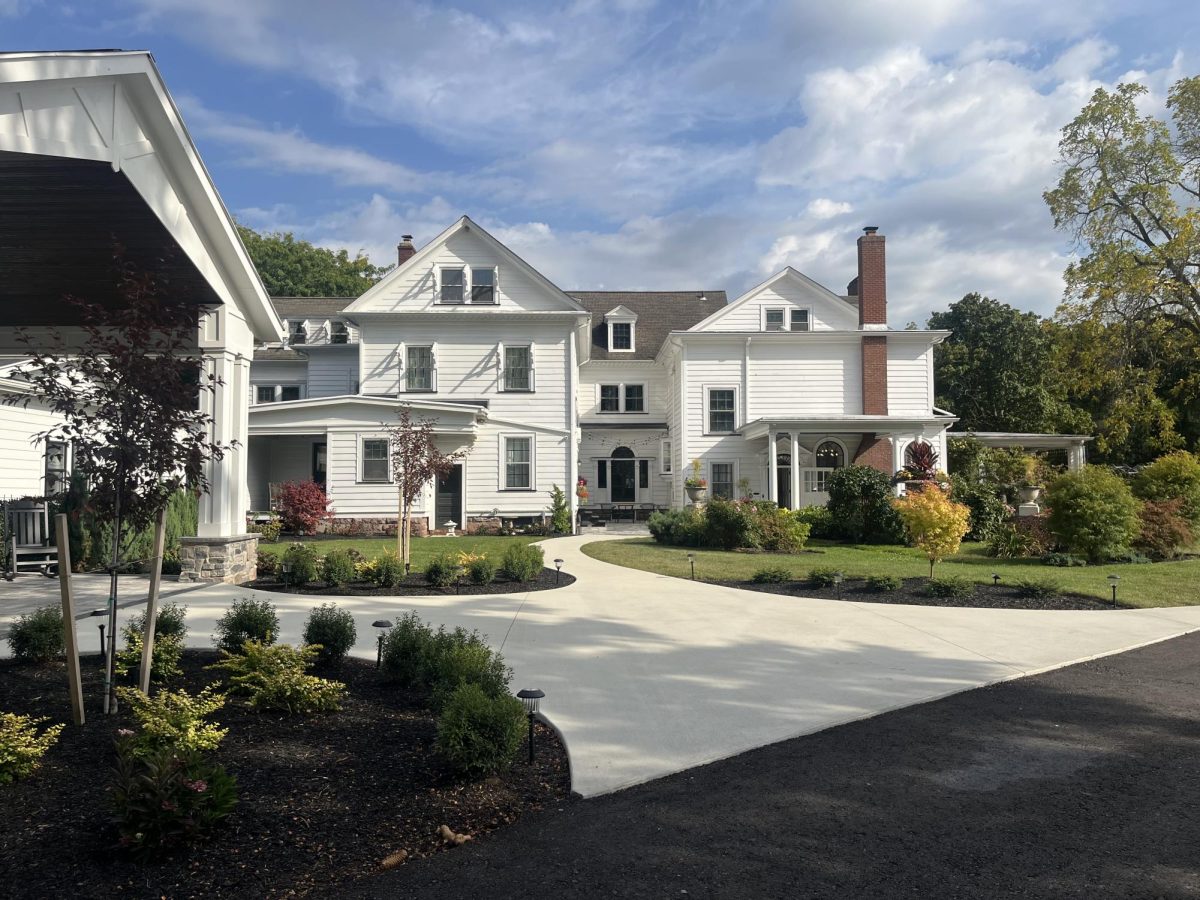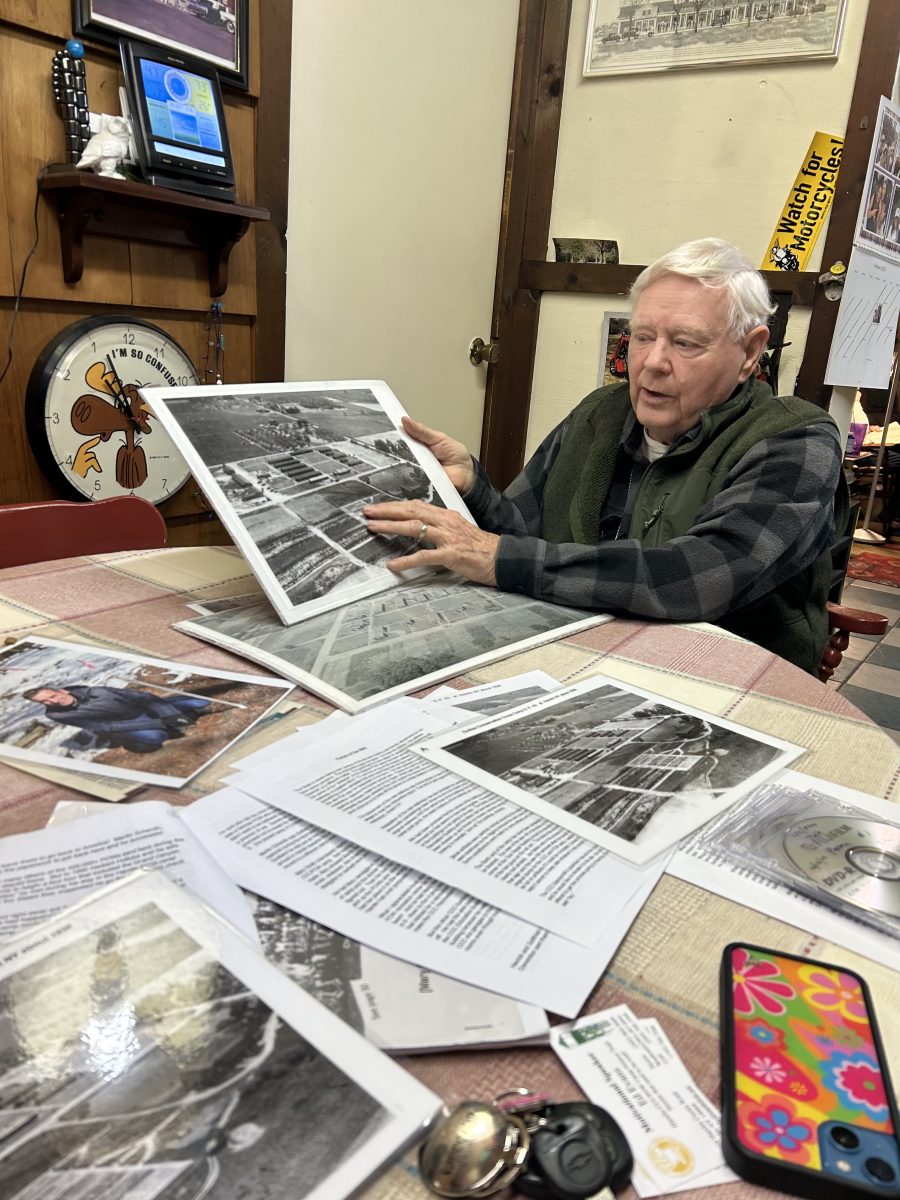By Lucy Crounse / Canalside Chronicles
To Marie, with all my love.
Faded words on canvas are all that remains of a love story between two unlikely lovers; a German soldier, known only as Paul, imprisoned at the Hamlin Beach prisoner of war camp and an American interpreter named Marie.
Ed Evans is the keeper of this love story and all the other stories surrounding the former POW camp at Hamlin Beach. Evans is a local history buff whose hobby is collecting and preserving the camp’s history.
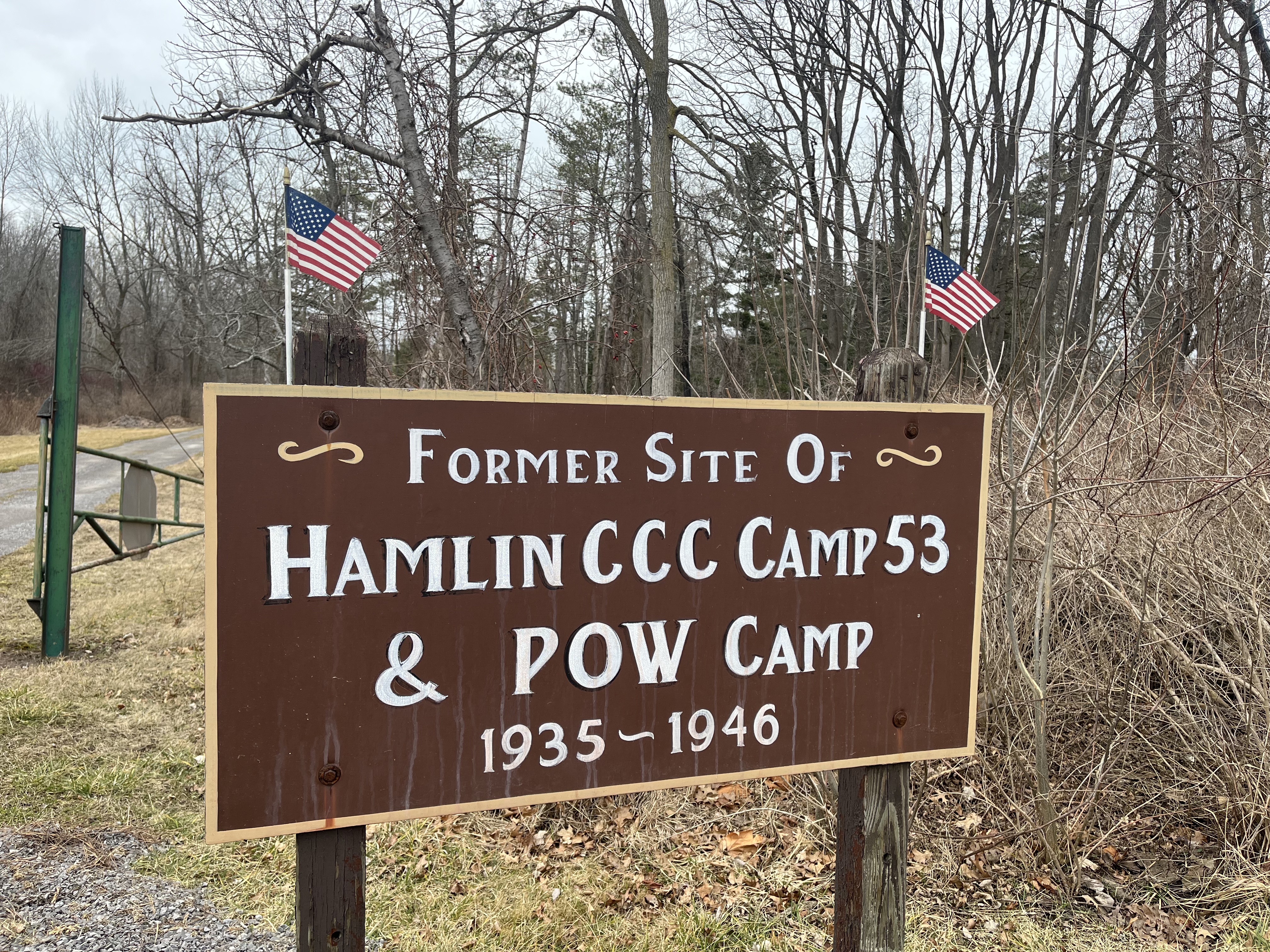
“The town of Sweden had an ad in the Hamlin Clarkson Herald asking for war time love stories,” Evans said. “That gave me an idea. Why not report on some war time love stories that took place in the Hamlin POW camp.”
The Duffy-Mott canning factory was the largest employer of POWs at the Hamlin camp. Originally part of the Civilian Conservation Corps, the camp was later converted to house POWs in 1944.
One of those POWs was Paul, a young German prisoner, assigned to be a crew leader at the canning factory.
Paul, not speaking any English, was given an interpreter. A 20 year-old American civilian, Marie, was already working at the factory when the war started. Marie had learned to speak German from her family and would work alongside the German crew leader as a translator.
The two grew close and fell in love. The soldier painted a portrait of Marie and gifted it to her. Written on the back, in English, Paul wrote “To Marie, With All My Love.”
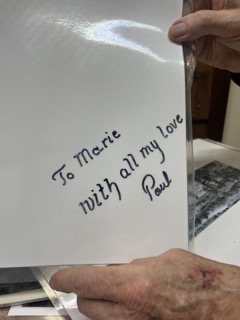
The war ended in September 1945 but the camp would continue to be used until January 1946. After it closed, it was required by the Geneva Convention that POWs had to be sent back to their native countries. After returning, soldiers were allowed to immigrate to the United States and many did. However, it’s believed that the man Marie got to know was sent back to communist East Germany, therefore unable to leave. The two never saw each other again.
As a souvenir, Marie kept the portrait she was gifted until her death in 2007, a reminder of the whirlwind romance she had as a young woman.


